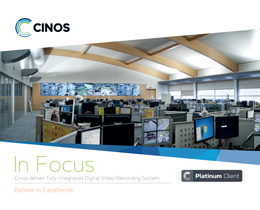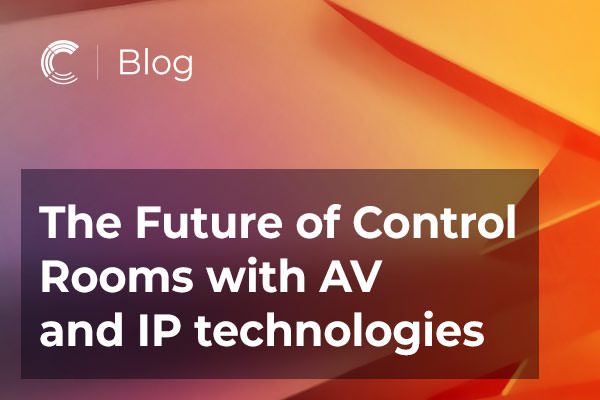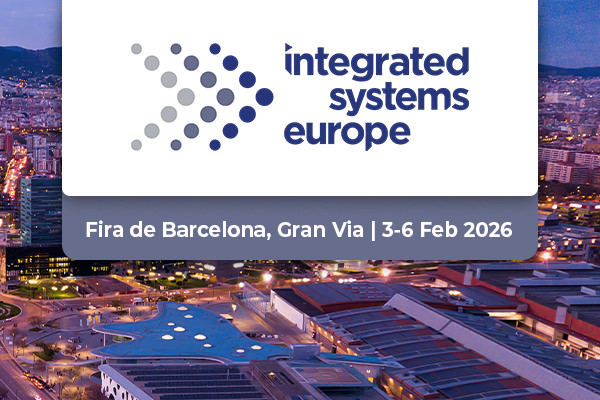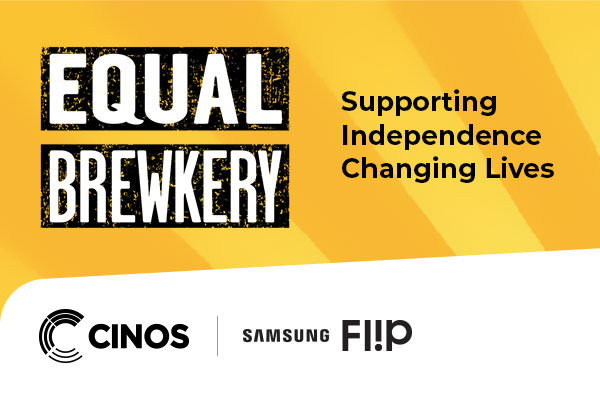Introduction
Our public-sector client works in the blue light industry and is responsible for law enforcement in a major UK city. As part of their duty to maintain public safety they extensively use video surveillance from thousands of CCTV cameras.
As part of a comprehensive programme to modernise its command, control, communication and information systems, our client required a Digital Video Recording System (DVRS) which would allow them to record, search, retrieve and export footage from any of the thousands of CCTV cameras in the city.
| The DVRS has enhanced the speed of our client’s operations, allowing them to instantly provide evidential information for analysis. |
||
|---|---|---|
The Solution
The Cinos team implemented an enterprise class digital video recording solution from Verint. The solution is based on IP video encoding and decoding and is designed to streamline video security operations; helping our client to rapidly make sense out of the vast volumes of video that they capture. The system is controlled via a powerful easy-to-use video management platform and is fully modular; allowing our client to expand the system if required.
Running in 8 sites across a wide area network (WAN), the system takes composite video feeds and encodes those signals for network transport and storage. Recorded video is stored on a storage area network (SAN) with around 200 Terabytes of storage capacity. The WAN is based around Cisco enterprise class switches with built in traffic rerouting and redundancy features.
The Verint software provides an easy to use PC based application which allows operators to search, retrieve, review and export recorded video and screenshots. The application can also be used to view live video. Robot DVD burners from Rimage are used for the export of video. The units burn footage to DVD and automatically print labels for evidential purposes. Operators can access video from any location on the network. A key feature of the Verint software is the ability to export video in bulk for later offline analysis. This feature is used when video is to be held for longer than 30 days.
Inputs to the DVRS are all composite video from analogue video matrices local to each site. Video inputs are recorded twice using video distribution amplifiers (VDA) to duplicate the incoming feed. The first feed is recorded at full frame rate 25 fps and is retained online for 7 days while the duplicated feed is recorded at 6.25 fps and retained for 31 days. The same footage is stored at two different locations on the network to provide resilience and redundancy.
The Benefits
Enhanced Capability
Easy To Use
Resilience & Reliability
In Constant Use
Nextiva Video Management Software (VMS)
Nextiva Video Management Software (VMS) streamlines video security operations and helps you rapidly make sense of the vast volumes of video and data you capture.
Nextiva Video Management Software offers policy-based video distribution, networked video viewing, and investigation management to help security staff rapidly detect, act, and investigate security breaches and other threats. Automated video system health monitoring helps IT staff manage large, geographically distributed video operations and streamlines video system uptime to help ensure video availability.
Nextiva eases IP video migration with a wide array of edge devices for indoor, single- and multi-camera applications. Nextiva video encoders feature the industry’s most effective video encoding technology, designed to deliver excellent imagery, while using significantly less network bandwidth and storage than comparable video devices. Nextiva decoders offer high-definition technology and H.264 video decompression to enhance the functionality and versatility of Nextiva Virtual Matrix implementations.





